10 Natural Menstrual Cramp Remedies Backed by Science
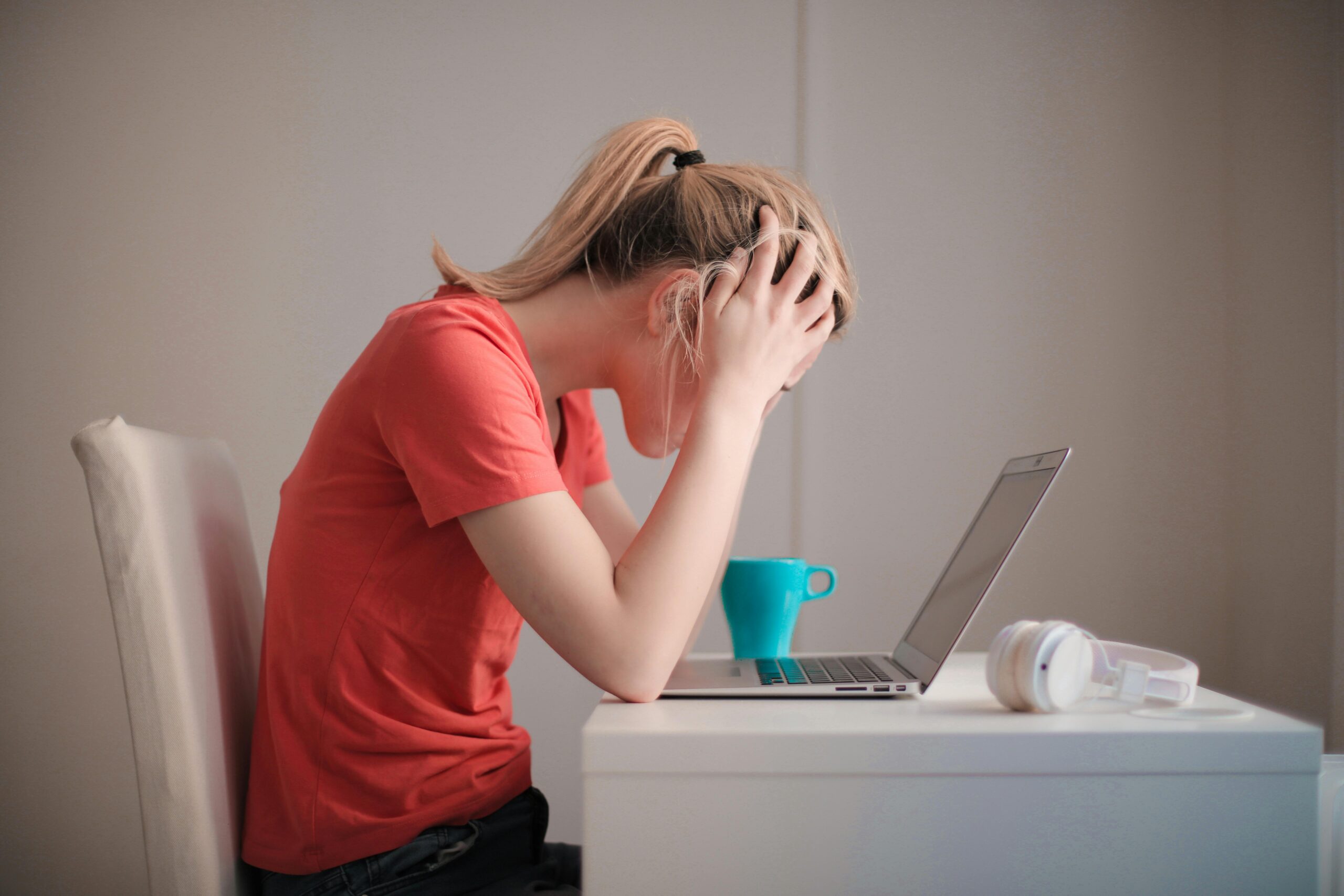
🌸 10 Natural Menstrual Cramp Remedies Backed by Science (Plus Causes, Prevention & FAQs)
Medical disclaimer: This article is for educational purposes only and does not substitute professional medical advice, diagnosis, or treatment. Always consult a qualified healthcare provider for personal guidance.
Summary (TL;DR): Menstrual cramps (dysmenorrhea) are caused largely by hormone-like chemicals called prostaglandins that make the uterus contract. Heat therapy, gentle exercise, hydration, diet tweaks, certain herbs (like ginger and dill), aromatherapy massage, good sleep, stress management, acupressure/acupuncture, and short-term OTC pain relievers can all help. If pain is severe, persistent, or accompanied by heavy bleeding, see a doctor to rule out conditions like endometriosis or fibroids.
🔎 What Are Menstrual Cramps (Dysmenorrhea)?
Menstrual cramps are lower abdominal pains that occur before or during your period. They can feel dull, throbbing, or sharp and may radiate to your lower back or thighs. For many people, cramps are a mild inconvenience. For others, they can disrupt school, work, sleep, and daily life. Understanding the basics—what causes cramps and how they differ—helps you pick the most effective remedies.
Primary vs. Secondary Dysmenorrhea
- Primary dysmenorrhea is menstrual cramp not caused by another condition. It’s common in teens and young adults and often improves with age.
- Secondary dysmenorrhea is caused by an underlying issue (e.g., endometriosis, adenomyosis, uterine fibroids, PID). If your pain is severe or getting worse, seek medical evaluation.
What Actually Causes the Menstrual cramp?
Prostaglandins—hormone-like chemicals—rise just before your period. They trigger uterine muscle contractions to shed the lining. High levels are linked to stronger, more painful contractions and can also contribute to nausea, headache, and diarrhea. The goal of most remedies below is to reduce prostaglandin activity, relax muscles, improve blood flow, or help your brain perceive less pain.
🧭 Quick Table of Contents
- Apply Heat
- Gentle Exercise & Yoga
- Hydration & Soothing Teas
- Diet Tweaks That Help
- Evidence-Informed Herbs (Ginger, Dill, Fennel)
- Aromatherapy & Abdominal Massage
- Orgasm for Natural Pain Relief
- Sleep, Stress & Recovery
- Acupressure & Acupuncture
- OTC Pain Relievers (Use Wisely)
- When to See a Doctor
- FAQs
- References
🔥 1) Apply Heat
Why it works: Heat relaxes smooth muscle, improves local blood flow, and helps nerves transmit fewer pain signals. Many people find a heating pad as helpful as a standard painkiller for mild-to-moderate cramps.
- Use a heating pad, warm water bottle, or heat patch on your lower abdomen for 15–20 minutes at a time.
- Take a warm bath or shower to relax the whole body.
- On the go? Consider adhesive heat patches under loose clothing.
Safety tip: Wrap heat sources in a thin towel to avoid skin irritation or burns.
🏃♀️ 2) Gentle Exercise & Yoga
Why it works: Movement increases circulation and releases endorphins—your body’s natural pain relievers. Even low-intensity exercise can help reduce pain perception and lift mood.
- Yoga: Try Child’s Pose, Cat–Cow, Cobra, and Supine Twist. Move slowly and breathe deeply.
- Walking: A 10–20 minute walk loosens tight muscles and helps with stress.
- Stretching: Focus on hip flexors, hamstrings, and lower back.
Consistency beats intensity: Two to three short sessions during your period can be more helpful than one intense workout.
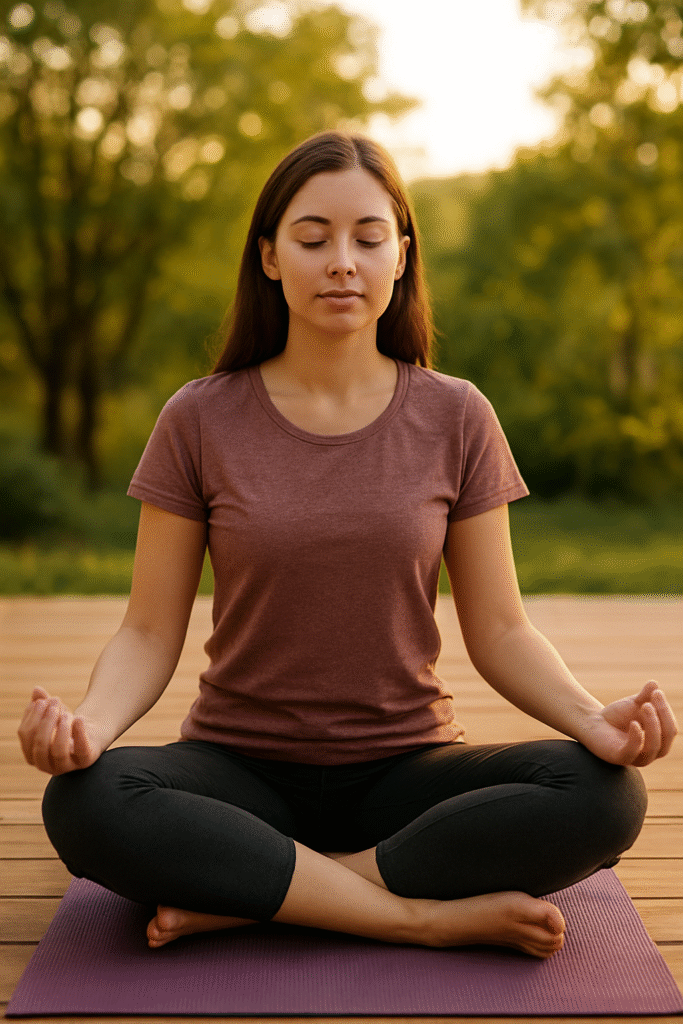
💧 3) Hydration & Soothing Teas
Dehydration can worsen cramps and bloating. Aim for 7–8 glasses of water daily, more if you exercise or live in a hot climate.
- Add lemon, cucumber, or mint to encourage sipping throughout the day.
- Warm chamomile or ginger tea can be soothing and may help nausea.
- Reduce high-sugar sodas and excess caffeine, which can aggravate tension and bloating.
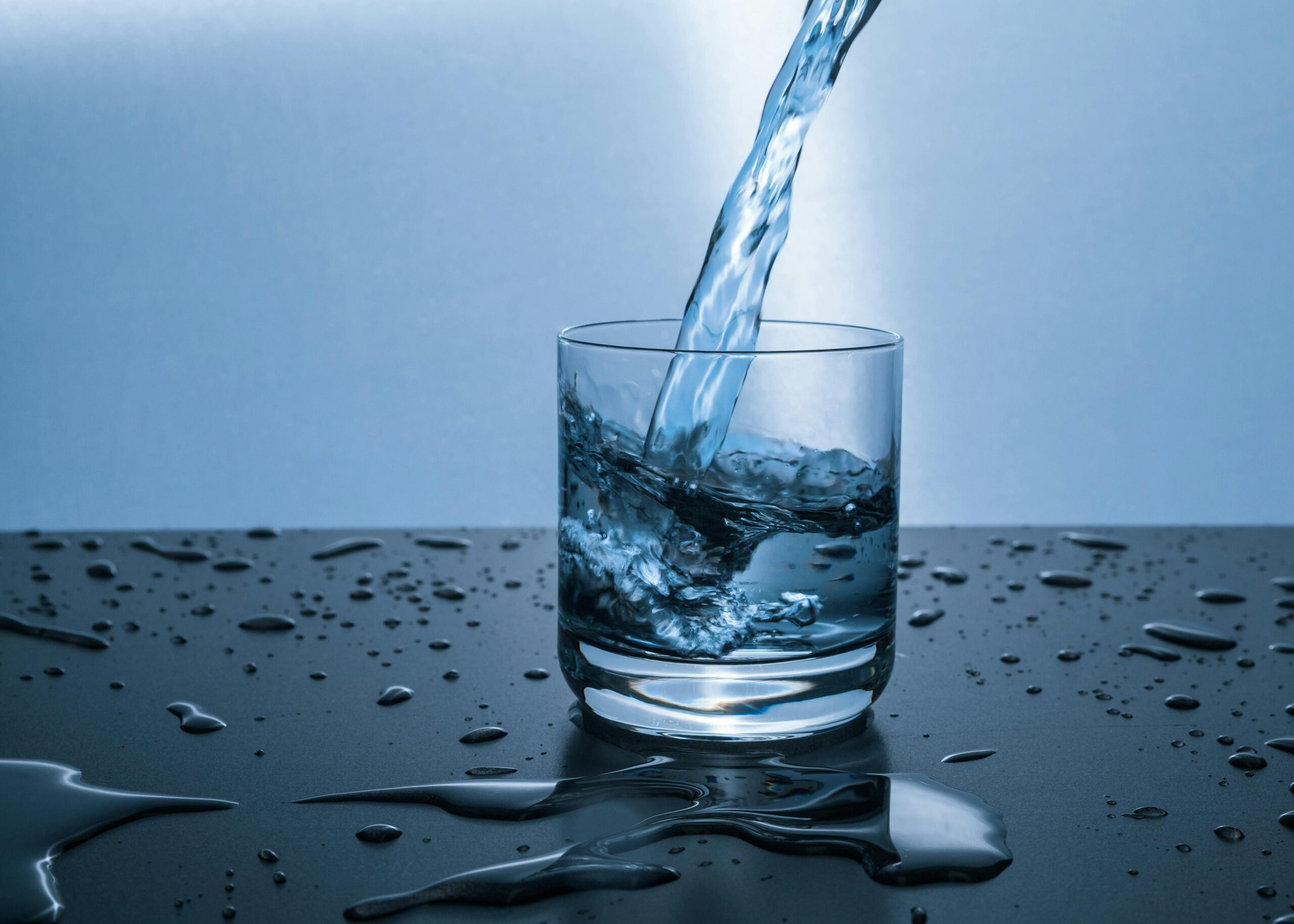
☕ 4) Diet Tweaks That Help
Your menstrual cycle is influenced by inflammation, fluid balance, and hormones—all of which are affected by what you eat.
Foods to Include
- Magnesium-rich foods: spinach, pumpkin seeds, almonds, dark chocolate (70%+).
- Omega-3s: salmon, sardines, walnuts, flax/chia seeds—omega-3s may help modulate prostaglandins.
- Colorful produce: berries, citrus, leafy greens for antioxidants and vitamins.
- Whole grains & legumes: provide steady energy and fiber to support digestion.
Foods to Limit
- Very salty foods that promote water retention.
- Ultra-processed snacks high in added sugars and trans fats.
- Excess caffeine & alcohol, which can dehydrate and disturb sleep.
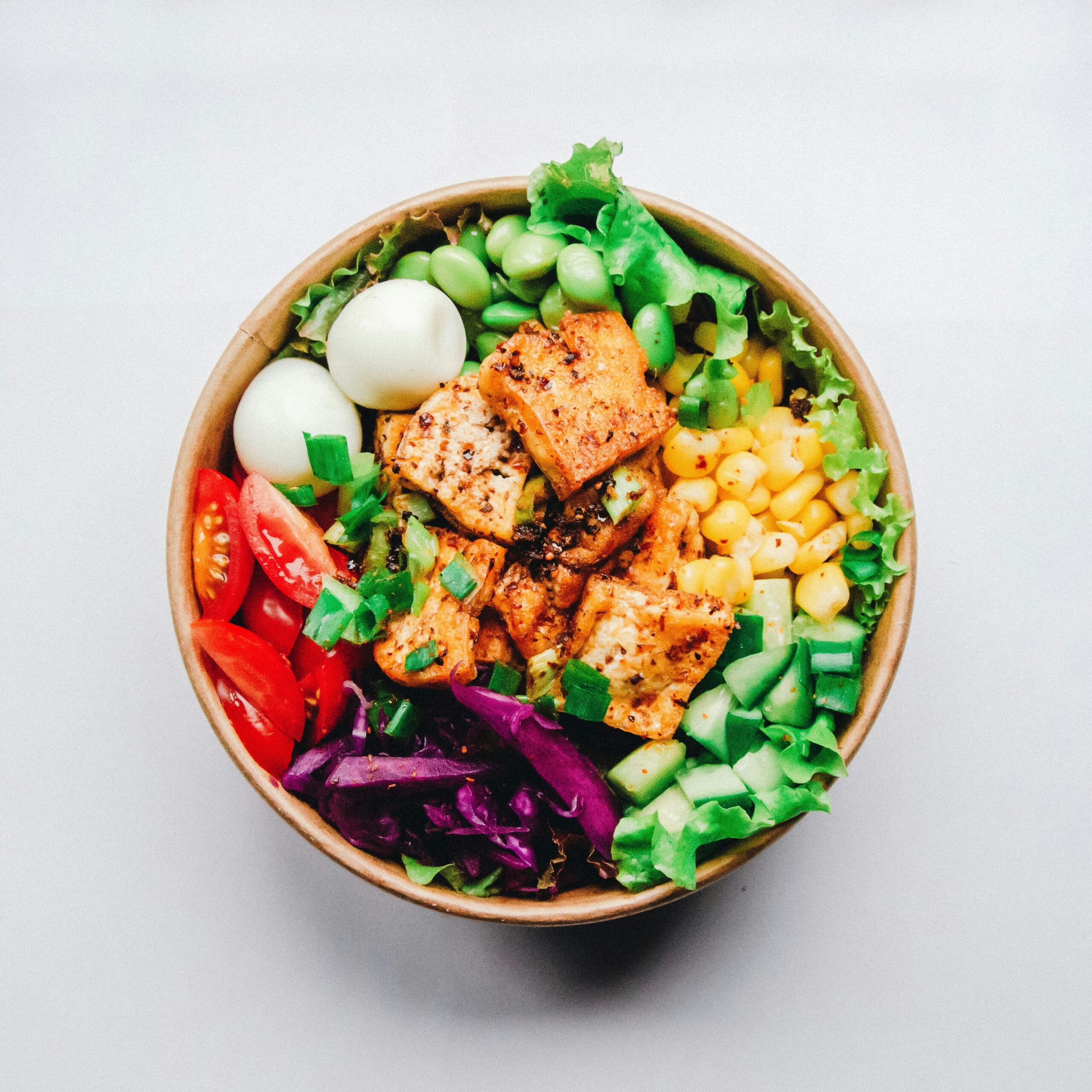
🌿 5) Evidence-Informed Herbs (Ginger, Dill, Fennel)
Some herbs have been studied for menstrual comfort. While not “magic pills,” they can be useful additions for some people.
- Ginger: Often taken as tea or capsules; may support lower prostaglandin activity and help with nausea.
- Dill: Research suggests specific daily doses started just before menstruation may reduce cramp severity in some people.
- Fennel: Traditionally used for its antispasmodic properties; often consumed as tea or standardized extract.
Safety: If you’re pregnant, breastfeeding, on blood thinners, or have health conditions, consult your clinician before using herbs or supplements. Quality and standardization can vary widely.
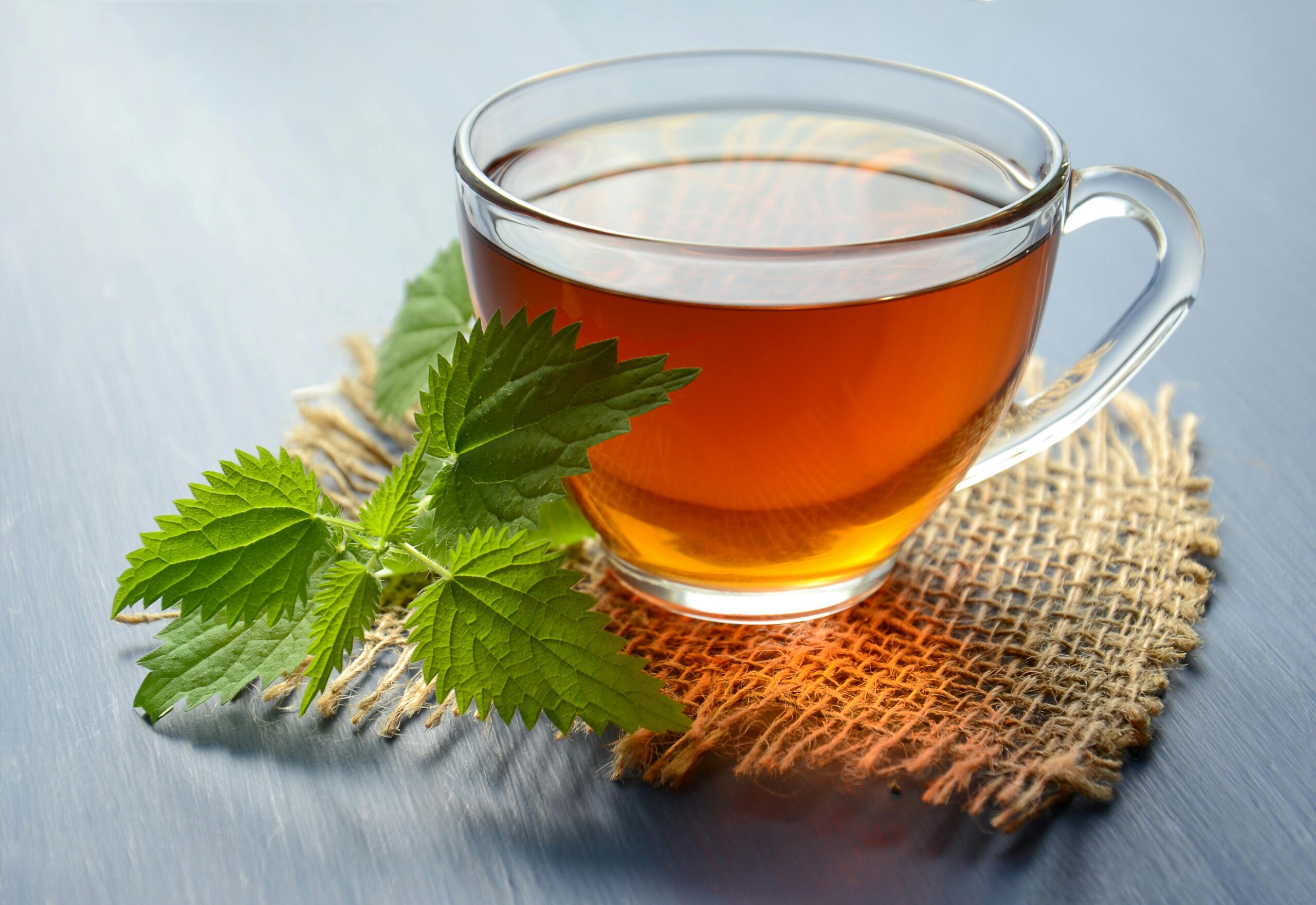
🌸 6) Aromatherapy & Abdominal Massage
Light massage can relax the abdominal wall and reduce perceived tension. Adding a few drops of diluted essential oil may enhance the effect for some people.
- How to do it: Mix 2–3 drops of lavender, rose, or peppermint with a tablespoon of carrier oil (e.g., coconut, jojoba). Gently massage the lower abdomen in circular motions for 5–10 minutes.
- Timing: Once or twice daily during the most uncomfortable days works well for many.
Patch test first: Essential oils are potent; always dilute and avoid broken or irritated skin.
❤️ 7) Orgasm for Natural Menstrual Cramp Relief
Orgasms trigger the release of endorphins and oxytocin—chemicals associated with pain relief, relaxation, and a sense of well-being. Increased blood flow and muscle relaxation can also reduce cramp intensity for some people.
Note: Evidence is limited but biologically plausible, and many report practical benefit. Choose what aligns with your comfort and values.
🛌 8) Sleep, Stress & Recovery
Sleep quality and stress strongly influence pain perception and hormone balance. Shortchanging rest can make cramps feel worse and lengthen recovery time.
- Sleep 7–9 hours: Keep a consistent schedule; limit late caffeine; dim screens an hour before bed.
- Breathing & mindfulness: Box breathing (4-4-4-4) or 5-minute guided meditations can noticeably reduce tension.
- Light movement breaks: If you’re desk-bound, get up for 2–3 minutes each hour to improve circulation.

🧘 9) Acupressure & Acupuncture
Acupressure applies firm, steady pressure to specific points; acupuncture uses thin needles placed by trained professionals. Both aim to modulate pain pathways and restore balance.
- Common point: Spleen-6 (SP6), located ~3 finger-widths above the inner ankle bone. Apply moderate pressure for 1–2 minutes per side.
- Professional care: If you’re curious about acupuncture, seek a licensed practitioner and discuss your goals and medical history.

💊 10) OTC Pain Relievers (Use Wisely)
When natural methods aren’t enough, short-term use of NSAIDs like ibuprofen or naproxen can be effective because they directly reduce prostaglandin production.
- Use as directed: Follow the label and your clinician’s advice; take with food to reduce stomach upset.
- Avoid combining NSAIDs: Don’t double up (e.g., ibuprofen + naproxen).
- Ask first if you have conditions: Ulcers, kidney disease, bleeding disorders, or if you’re on blood thinners.
🧩 Putting It Together: A Simple “menstrual cramp” Routine
Here’s a balanced routine you can test over 1–2 cycles and refine based on what helps you most.
- Morning: Warm shower + 10 minutes of gentle yoga; hydrate with water or ginger tea.
- Midday: Light walk (10–15 min); balanced lunch with greens, whole grains, and omega-3s.
- Afternoon: Heating pad for 15 minutes; brief breathing exercise.
- Evening: Chamomile tea; phone off 60 minutes before bed; 7–9 hours of sleep.
- As needed: Diluted lavender oil massage; acupressure at SP6; NSAID (per label) if pain spikes.
⚠️ When to See a Doctor
Book an appointment if you notice any of the following:
- Pain so severe you regularly miss school or work.
- Heavy bleeding (e.g., soaking through pads/tampons every 1–2 hours).
- New or worsening pain after years of mild periods.
- Symptoms like fever, foul-smelling discharge, or pain outside your cycle.
- No relief after trying multiple approaches for 2–3 cycles.
These signs can point to treatable conditions such as endometriosis, adenomyosis, fibroids, or pelvic inflammatory disease. Early evaluation can significantly improve quality of life.
💡 Quick Tips & Common Myths
Quick Tips
- Start heat and hydration at the very first twinge—don’t wait until pain spikes.
- Keep a small “period kit”: heat patch, mini lotion for massage, herbal tea sachets, and a spare pad/tampon/cup.
- Track symptoms in an app to spot patterns and triggers (sleep, caffeine, stress).
Myths (Busted)
- “Severe pain is normal.” Persistent, disabling pain isn’t “just part of being a woman”—get evaluated.
- “Only meds help.” Many lifestyle strategies meaningfully reduce pain for a lot of people.
- “Exercise makes it worse.” High-intensity might, but gentle movement usually helps.
❓ Frequently Asked Questions
1) How soon will these remedies work?
Heat, gentle movement, hydration, and acupressure can bring relief within minutes for some people. Herbs may require several days or cycles to notice consistent effects.
2) Can I combine multiple remedies?
Yes—stacking methods (e.g., heat + yoga + tea) often works better than using just one. Introduce changes gradually so you can tell what helps most.
3) Are there any red flags for using herbs?
Yes. If you’re pregnant, breastfeeding, on anticoagulants, or have chronic conditions, talk to a clinician before using herbs like ginger or fennel. Quality varies; choose reputable brands.
4) Which yoga poses are best for cramps?
Child’s Pose, Cat–Cow, Cobra, Knees-to-Chest, and Supine Twist are popular. Keep movements slow and pain-free. If any pose increases discomfort, skip it.
5) What if OTC meds don’t help?
If label-directed doses provide little relief, or you rely on them constantly, consult a healthcare professional to check for underlying causes and discuss other options.
📚 References & Further Reading
- Healthline – Menstrual Cramp Remedies
- Medical News Today – Home Remedies for Menstrual Cramps
- Mayo Clinic – Dysmenorrhea Overview
- Peer-reviewed research on yoga, herbal approaches (e.g., ginger, dill), and heat therapy for dysmenorrhea.
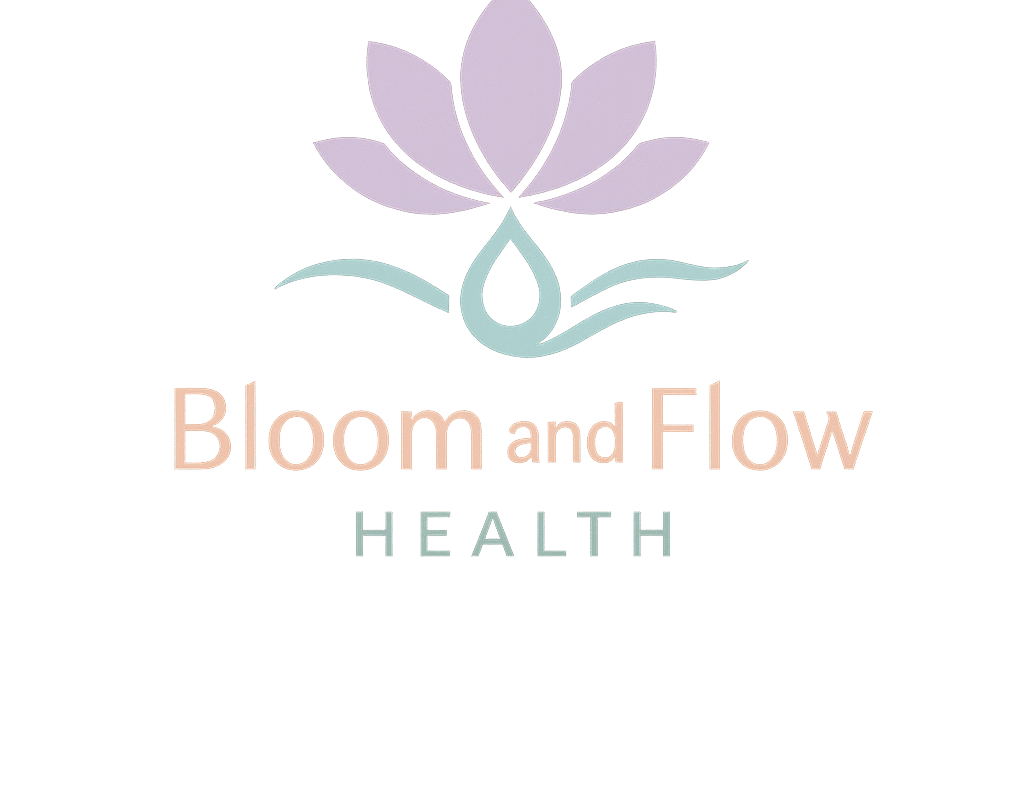
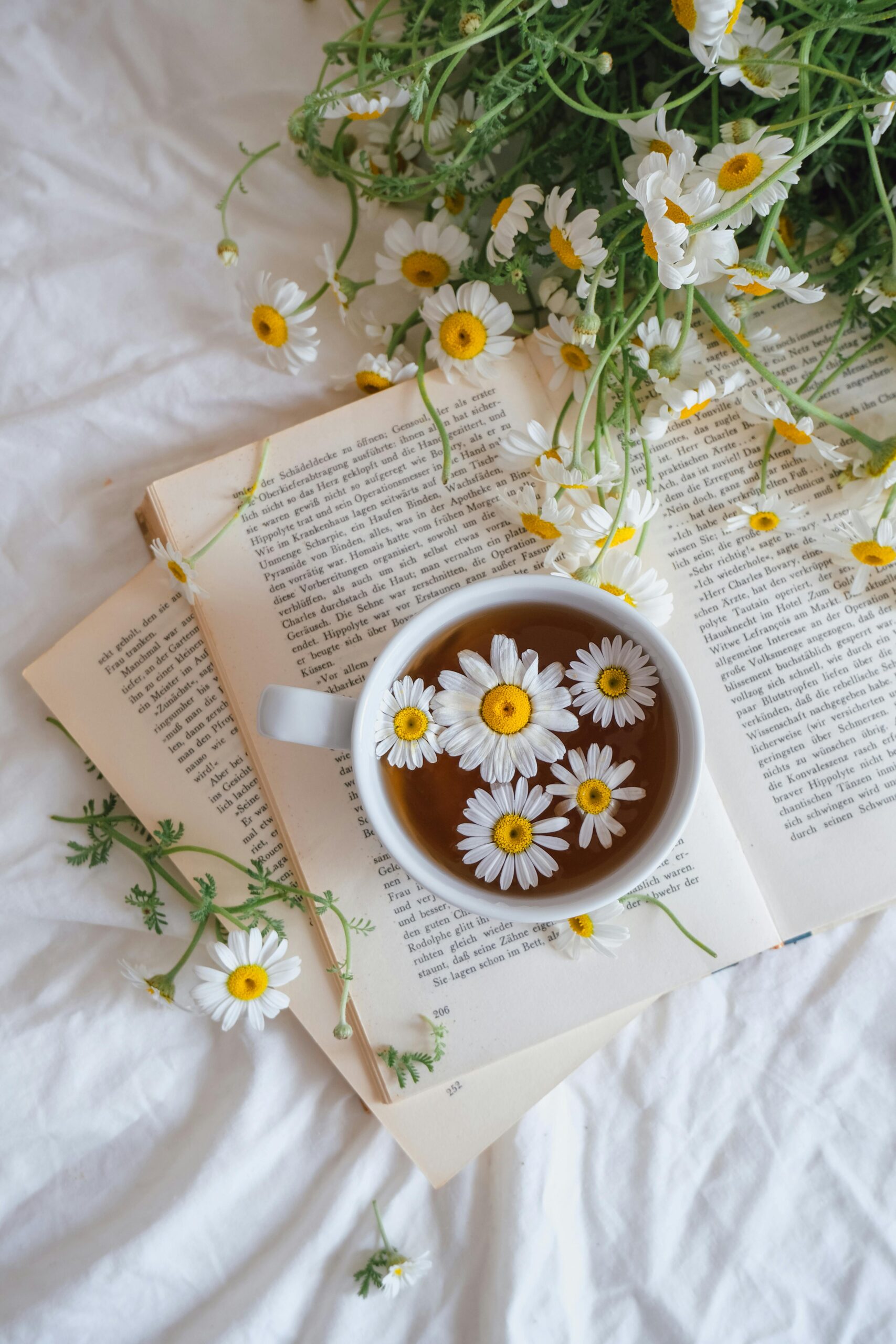
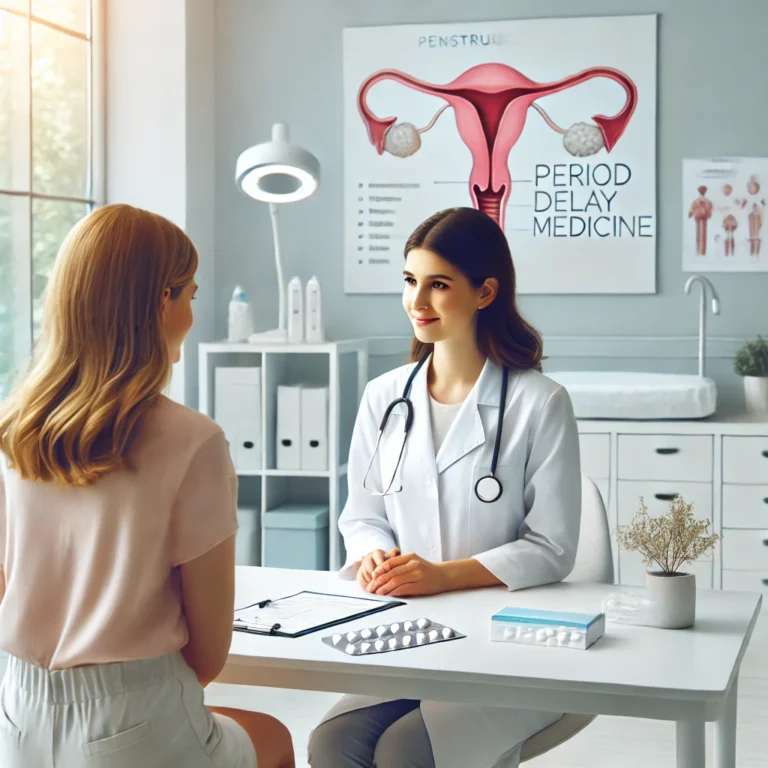

Very helpful